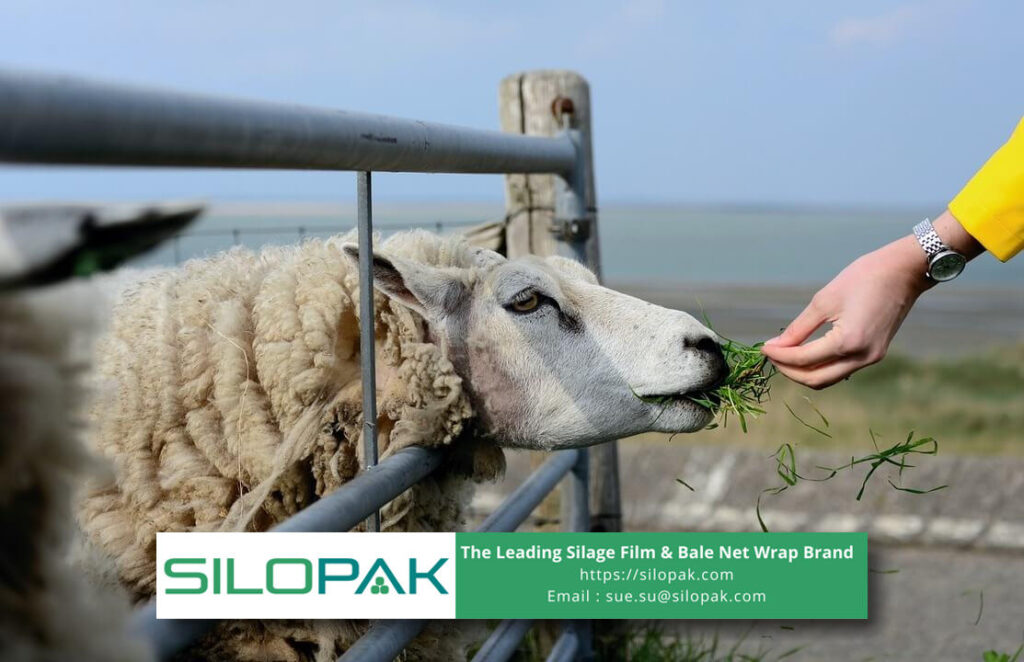
For most cow-calf producers, the biggest expense is the cost of feed. If it is estimated, the largest expense in cattle feeding is the costs of fattening cattle and their care, including production costs in providing the feed. For example, the cost of purchasing tools and supporting technology, then the cost of preparing the main feed, reserve feed, additional feed, and the cost of moving cattle.
Experts agree that the cost of animal feed is at least 50 percent of the total cost. Even the percentage can increase reach to 70-80 percent in lean seasons such as prolonged dry spells or extreme cold.
contents
6 Ways to Reduce the Largest Expense in Cattle Feeding
Therefore, producers who want to save costs must find strategies to reduce costs but still be profitable. How to? To minimize the most significant expense in cattle feeding, producers need to implement production optimization through efficient feeding management. There are at least six ways to do this.
1. Optimize Feed Storage
Poor storage will reduce the nutritional value and initial volume of the feed. This can be avoided by paying attention to the following.
Airtightness
Ensure complete fermentation occurs by storing the feed in an airtight (anaerobic) environment and using inoculants.
Store Indoors
Storing hay indoors is ideal to avoid spoilage. But if not possible, simply store them on surfaces that allow drainage, such as gravel and tires, to keep the bottom of the bales dry.
Distance Between Bales
The distance between the bales needs to be monitored so that air movement occurs and improves drying when the bales are affected by the weather. Make sure the outside of the bale contains most of the total hay inside.
Don’t Let it Get Humid and Wet
Humid and wet conditions can accelerate feed decay. As a precaution, do the following.
- Pay attention to humidity levels when harvesting hay and silage.
- Instead of using twine or plastic string, use the net wrap to help release more water.
- Pile the hay about 5-6 feet, especially on the outside, to protect the bales from the water.
First In First Out Method
Make sure you feed the cattle with the hay that is on the outside first to avoid spoilage and loss of nutrients.
Limit Access to Round Bale
Limit livestock access to round bale feeders to around 8-12 hours to reduce waste that accelerates decomposition. As well as placing the cows away from the round bale, creating enough space for all the cows to eat at the same time.
Long Storage
For wet by-feed types such as grain and refined gluten, it must be given to cows for at least four days during the dry season and about a week during the cold season.
2. Minimize Hay Waste
Hay waste resulting from poor storage and feeding methods will have an impact on increasing feed costs. On average, producers have to spend an extra 30 percent of the total production cost just to deal with the waste problem, which means waste and inefficiency. So, how do you minimize straw waste?
- Consider additional hay sheds for storage.
- Feed smaller amounts of hay.
- Place in a well-drained area.
- Store hay under cover and off the ground.
3. Pay Attention to Mineral Intake
Although often overlooked, mineral intake in cattle plays an important role in the largest expense in cattle feeding. This is because, in addition to good nutritional intake, sufficient and consistent mineral intake is also needed in reproduction, energy utilization, and overall health of cattle.
When the intake of minerals is lacking, the cows will get sick, and the farmer will not get any benefit. Likewise, when the intake of minerals is excessive, the costs incurred in a day will exceed the profit capacity. Therefore, it is very important to pay attention to the intake of minerals according to the amount of consumption needed by cows.
4. Add Alternative Feed
Alternative feeds are currently freely available on the market with a wide variety of green forage such as Elephant Grass, King Grass, Setaria, and Bengal Grass, including legumes (beans). Besides being economical and easy to grow, alternative feeds are also low in starch and high in fiber, so they are easily digested and can complement a forage diet.
Important to note the alternative feed in question is not manufactured feed or processed feed which, although the purchase price is low, is not guaranteed nutrition and has high maintenance costs, which contribute to the largest expense in cattle feeding.
5. Separate Livestock According to Their Nutritional Needs
Each cow has different nutritional requirements according to age, size, weight, sex, and condition. For example, heifers that are still growing will need a lot of energy, but they have trouble digesting dry matter like mature cows. Meanwhile, adult cows usually will not stop eating while there is feed available in front of them.
If not separated, young cattle will grow thinner because their needs are not met, while adult cattle have the potential to be overweight. Therefore, separating them not only makes feeding more targeted and efficient but also helps suppress the largest expense in cattle feeding.
6. Create Financial Records
Detailed financial accounting of feed costs, especially those covering fixed and operational costs, can help measure actual expenditure and reduce inputs. These include finding ways to reduce feed costs, determining the most efficient way to cut feed waste, and predicting how a change might affect farm performance.
Hopefully, the article about six ways to reduce the largest expense in cattle feeding can be useful.
